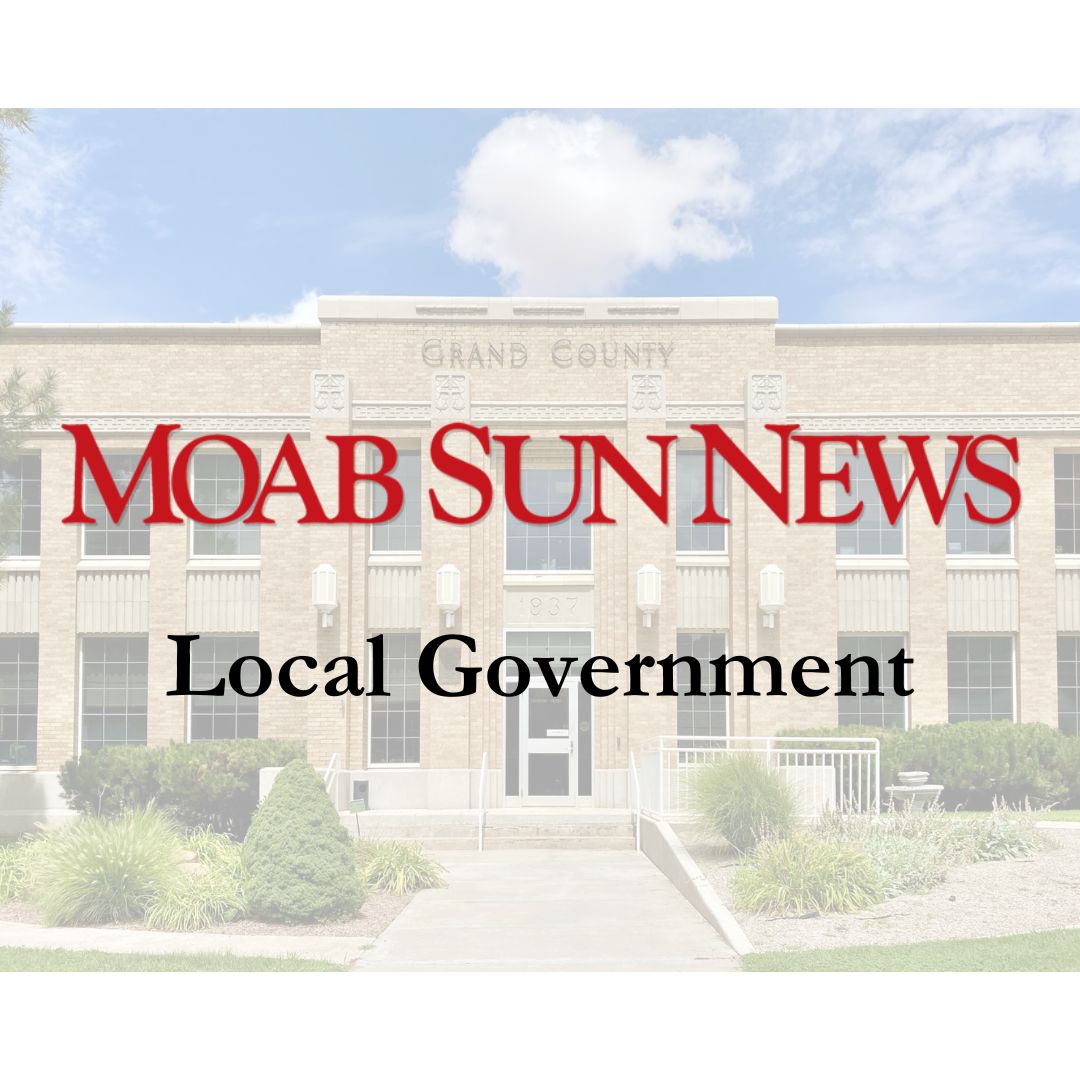At its regular meeting on Oct. 12, the Moab City Council discussed a state-funded community plan to add more dispersed parking in downtown Moab, a letter outlining the city’s priorities in the Manti-La Sal National Forest’s new management plan, and heard updates from city staff. [For more on the council’s discussion of workforce housing, see our coverage on page 1 of this edition. -ed.]
UDOT Dispersed Parking Agreement
In 2017, Moab and Grand County received “hotspot” funding, or funding for transportation improvement in heavily congested tourism and recreation areas, from the Utah Department of Transportation. The funding was for three projects, one of which is for a “dispersed parking” project which will construct 188 on-street parking spaces on 10 existing paved streets.
Some of the spaces will be added off of Emma Boulevard, which will require a part of the street to be paved. Paving that street will come at a cost of $400,000 to the city, but the $400,000 has already been set aside in this year’s budget.
Per the agreement, UDOT will reimburse the city up to $5,715,000 for the construction of the parking spaces.
At the last city council meeting, the council passed the agreement 4-1, with Councilmember Rani Derasary dissenting.
City staff selected Civil Science, Inc., as a consulting firm to develop bid-ready construction plans and contract documents for the project. At the Oct. 12 meeting, the council unanimously approved the partnership with Civil Science, Inc., which moves the project onto its next step.
U.S. Forest Service Manti-La Sal Forest Plan
The Manti-La Sal National Forest is drafting a new forest management plan that will be finalized in summer 2022—the current plan was drafted 35 years ago in 1986. Public comment for the new plan is open until Oct. 25, so Mila Dunbar-Irwin, sustainability director, drafted a letter to the National Forest Service highlighting the sustainability department’s desired priorities when it comes to environmental protection in the La Sal Mountains, which fall within the Manti-La Sal National Forest boundaries.
The priorities include “watershed protections, a climate adaptation plan, opportunities for enjoyment of recreation in a quiet environment, habitat and wildlife protections, and the encouragement of independent science on the Manti-La Sal.”
The letter stated that “allowing grazing and unregulated dispersed camping to degrade the crucial areas of our upper watershed is contrary to the best interests of the community,” and asked that the forest service remove those uses from the Moab watershed area.
It also pointed out that roughly 69% of La Sal Mountain recreation areas on National Forest land are within half a mile of motorized routes. Motorized routes are used for recreational vehicles such as ATVs, snowmobiles, and dirt bikes, which can be fairly loud. Less than 8% is more than a mile away from motorized routes. As the forest drafts a new plan, Dunbar-Irwin urged managers to re-think future travel planning so that 40% of La Sal Mountain recreation areas are more than half a mile from motorized routes, and 15% more than a mile away from motorized routes.
The council voted 5-0 in approval of sending the letter.
Updates from city officials
The city is hiring a handful of positions soon: an AmeriCorps VISTA for the sustainability department, an assistant planner, and a new city planner. Nora Shepard, who held the position of city planner since April 2019, is retiring. The hiring process for the city manager and city attorney positions are also ongoing.
Carly Castle, acting city manager, said she’s been searching for grant funding for pickleball courts and to fund repairs to city bridges that were damaged during the Pack Creek Flood. Both projects would require the city to match a portion of the funding.
The pickleball courts would be a longer project, requiring the public to weigh in on site selection along with environmental and archeological reviews.
“There are a lot of strong opinions in the community, so we’ll have to hash through it,” Castle said.
Michele Rehbein, manager of the Moab Mosquito Abatement District, gave a presentation to the council about the dangers of mosquitos and how Moab residents can prevent both mosquito bites—which can carry diseases—and prevent mosquitos from hatching. Rehbein suggested using insect repellent, wearing long-sleeved shirts and pants, and mosquito proofing your home by using screens on windows and doors.
The best thing residents can do is get rid of any standing water in their yard, Rehbein said. Standing water can collect in old bottles, tin cans, wheelbarrows, flower pots, birdbaths, old tires, and rain barrels. [See “Mosquito season winds down,” Oct. 7 edition. -ed.]
The council unanimously passed a resolution stating that any property the city no longer has use for is deemed “surplus,” and may be donated. Of particular note to the council was the painting “Old Fort” by Otho Murphy, which will be donated to the Moab Museum.
“I’m excited the painting is finding a home,” Derasary said.
The Moab City Council meets on the second and fourth Tuesday of every month at 7 p.m. Meetings are streamed online at the Moab City Youtube channel. Schedules, agendas and opportunities for public comment can be found at www.moabcity.org



